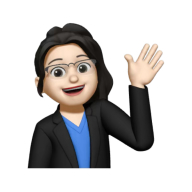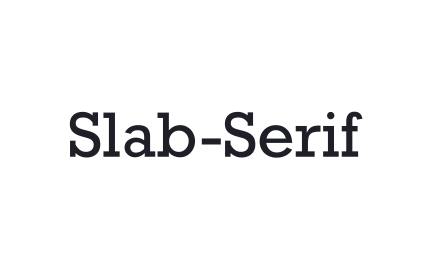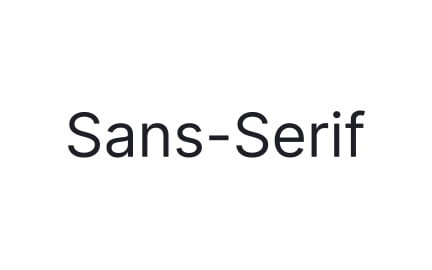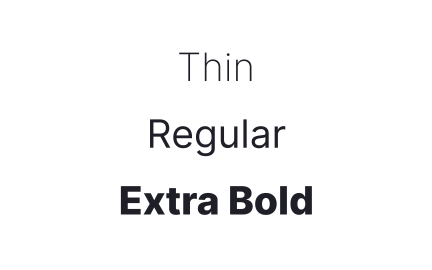Cascading Style Sheets (CSS)
Cascading Style Sheets (CSS) is a stylesheet language used to control the visual presentation of HTML elements across web and application interfaces.
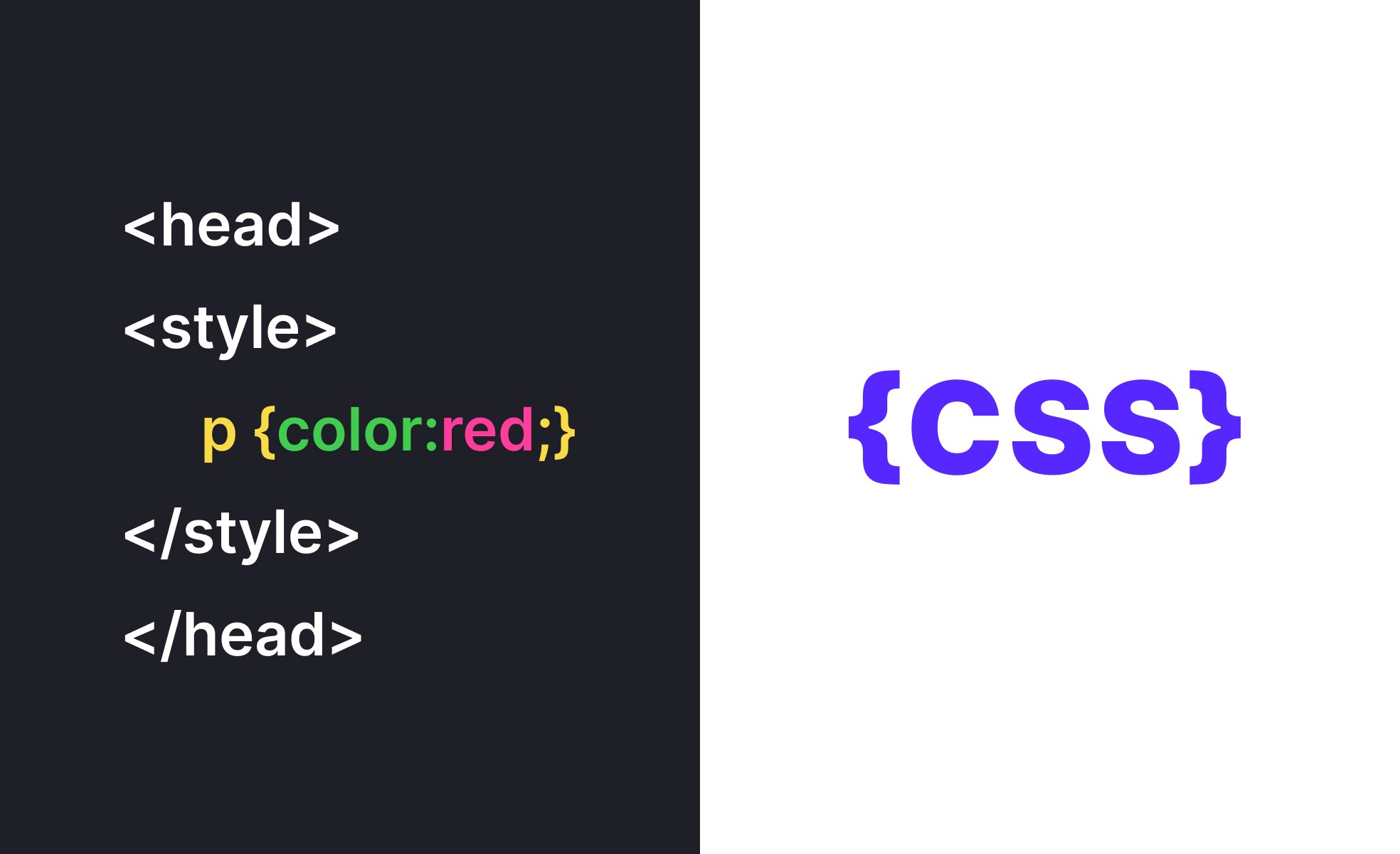
What is CSS?
CSS (Cascading Style Sheets) is a styling language that controls how HTML elements appear on web pages, defining colors, fonts, layouts, spacing, animations, and responsive behavior across different screen sizes and devices. While HTML provides content structure, CSS transforms plain markup into visually appealing, professional websites that adapt to various viewing contexts and user preferences.
CSS encompasses visual design, layout systems, responsive design, animation capabilities, performance optimization, and maintainability practices that enable modern web development and user experience design.
CSS Applications in Product Development
Product teams use CSS to create user interfaces that support business objectives while providing excellent user experiences across different devices, browsers, and accessibility needs.
User interface design and brand implementation
CSS translates brand guidelines into consistent visual experiences across web applications. Design systems built with CSS ensure brand consistency while enabling design scalability across multiple products and teams.
Responsive design and mobile optimization
Modern CSS frameworks enable websites that adapt perfectly to smartphones, tablets, and desktops without compromising functionality or aesthetics. Mobile-first CSS approaches ensure optimal performance on resource-constrained devices.
Performance optimization and user experience
Efficient CSS reduces page loading times and improves Core Web Vitals scores that affect search engine rankings. Well-structured CSS prevents layout shifts and visual glitches that frustrate users during page loading.
Accessibility and inclusive design
CSS implements accessible design patterns including proper color contrast, keyboard navigation styles, and screen reader compatibility ensuring websites work for users with various abilities and assistive technologies.
CSS Fundamentals and Modern Techniques
Core CSS concepts and syntax:
- Selectors and specificity: Targeting HTML elements with classes, IDs, and attribute selectors
- Box model understanding: Padding, margins, borders, and content area calculations
- Typography and color: Font properties, color schemes, and text styling for readability
- Layout fundamentals: Display properties, positioning, and document flow behavior
Modern layout systems:
- Flexbox: One-dimensional layout for component alignment and distribution
- CSS Grid: Two-dimensional layout system for complex page structures and responsive design
- CSS Custom Properties: Variables enabling dynamic styling and design system consistency
- Container queries: Responsive design based on component size rather than viewport dimensions
Advanced CSS features:
- Animations and transitions: Smooth user interactions and micro-animations enhancing user experience
- CSS transforms: 2D and 3D transformations for interactive elements and visual effects
- Pseudo-classes and pseudo-elements: Advanced styling for interactive states and generated content
- CSS functions: calc(), clamp(), and modern CSS functions enabling dynamic and responsive calculations
CSS, short for Cascading Style Sheets, is a programming language used in web design to define the visual presentation and layout of HTML elements on a webpage. It allows designers and developers to control the colors, fonts, sizes, spacing, and other visual properties of the content. CSS plays a crucial role in separating the design and layout from the actual content, making it easier to maintain and update the appearance of a website. It provides consistency across multiple web pages, enables responsive design for different devices, and enhances the overall user experience by creating visually appealing and user-friendly interfaces.
HTML (Hypertext Markup Language) is responsible for structuring the content of a webpage, while CSS is used to style and format that content. CSS works by selecting HTML elements and applying styling rules to define their appearance. Selectors are used to target specific HTML elements or groups of elements, and then CSS properties are used to specify the desired styles. By linking CSS files to HTML documents, designers can apply consistent styles to multiple web pages, and changes made in the CSS file will automatically update the styling across all linked pages. This separation of concerns between HTML and CSS allows for more efficient and organized development and maintenance of web pages.
Explore our Intro to CSS lesson to learn more.
CSS offers several advantages in web design. Firstly, it provides greater flexibility and control over the visual presentation of web content. Designers can easily change the appearance of multiple elements or an entire website by modifying a few lines of CSS code, without having to make changes to individual HTML tags. CSS also promotes consistency and efficiency by allowing the use of classes and IDs to style elements, reducing the need for repetitive styling code. It enables responsive design, making it possible to create websites that adapt to different screen sizes and devices. Additionally, CSS supports modularity, as styles can be organized into separate files and reused across multiple web pages, making maintenance and updates more streamlined.
Recommended resources
Courses

HTML Foundations

CSS Foundations

Enhancing UX Workflow with AI
Lessons

Intro to Typography

Paragraphs in Typography

Technical UI Terms
Projects

Movie Rating Website (beginner)

E-commerce UI Kit

